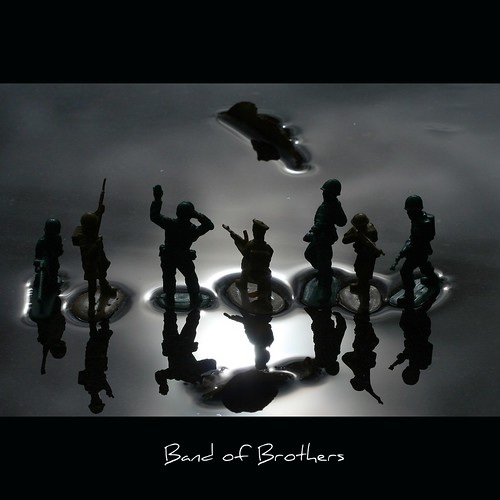
Wars of attrition are ubiquitous. Common advice is to avoid them; however, this assumes that such games are all negative sum (i.e. there are no winners). This is simply false.
A war of attrition can be thought of as a type of auction. As such, we can use the RET to determine the expected cost of the war as well as the value, if any, to be gained there. This is a key input of any cost/benefit analysis of entering into a war in the first place.
The concession decision in the WoA comes down to comparing the cost of persisting in the war for the next time interval against the benefit = value * hazard rate of rival conceding conditional on the current duration of the war. So long as the benefit exceeds the cost, then it is better to continue than concede.
Two key lessons emerge from this cost/benefit analysis:
1. Past payments in the war do not matter. These are sunk costs and should not be used in the determination of the continue/concede strategy.
2. Influencing the rival's mental model about the hazard rate of concession is critical to winning the war. There are various ways to do this:
a. Credibly signal you have a high value.
b. Employ an agent with a reputation for toughness to pursue the war on your behalf.
c. Signal cognitive biases like overoptimism to persuade the rival that you will not concede.
The last is especially noteworthy--while we usually think of behavioral biases as things to be avoided, this reflects inward thinking. We obviously do not want to perform a decision analysis with bias. Using outward thinking, however, behavioral biases can become valuable tools for commitment strategies.
For instance, if I am overconfident that my rival will concede, then I will not concede myself and this creates a credible commitment that my hazard rate is low. The result is a self-fulfilling prophecy---faced with a low hazard rate, my rival is likely to concede thus justifying my initial overconfidence.
Strategy and Game Theory:
To build on the Bitter Competition case, notice that flexibility to scale operations can undermine commitment not to concede. For instance, HSC started with a small production and left open the door for either expansion or cheap exit. From an inward thinking perspective, this is a sensible strategy. Outward thinking, however, shows that this gives Nutrasweet good reason to believe that there is a high hazard rate of concession on HSC's part; thus, bolstering Nutrasweet's willingness to prosecute a war or attrition and win it through force of will.
Key takeaways:
1. Recognize that a war of attrition is a kind of auction. It is a second-price all-pay auction.
2. Use the RET to compute the expected costs and expected payoff. Use these estimates to determine whether it is worth entering into the war or not.
3. If in the war, use the cost benefit calculus shown above to determine the time to concede.
4. To gain an advantage in the war, use every means possible to credibly signal a low hazard rate of concession.
No comments:
Post a Comment